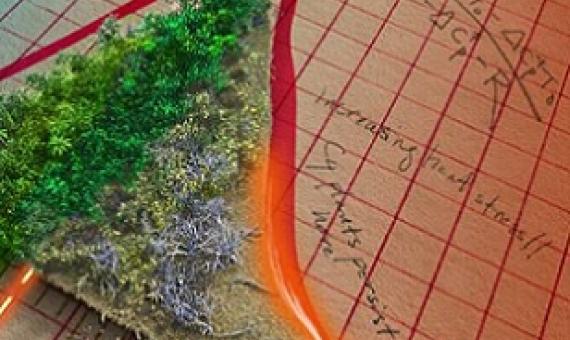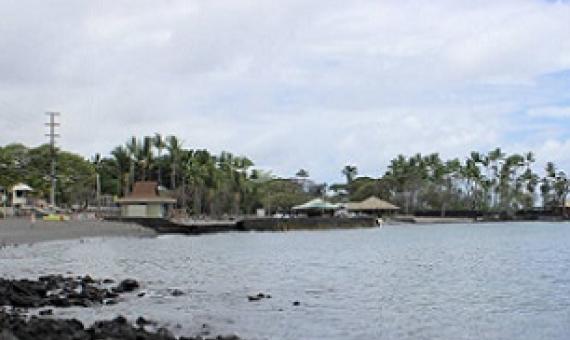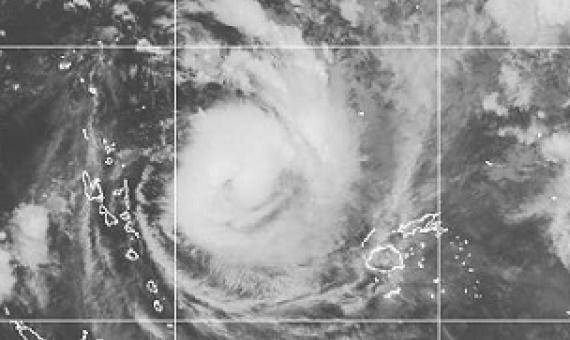A group of the world’s top ecologists have issued a stark warning about the snowballing crisis caused by climate change, population growth, and unchecked development. Their assessment is grim, but big-picture societal changes on a global scale can still avert a disastrous future.
The administration of U.S. President Joe Biden announced on 27 January that the president plans to sign an executive order that commits to a “30 by 30” goal first envisioned in the Ocean-Based Climate Solutions Act that was introduced to the U.S. House of Representatives in 2020.
The chair of the Pacific Islands Forum has welcomed the re-entry of the United States to the Paris climate agreement. With hours of his taking the oath as the 46th US President, Joe Biden issued an executive order for the US to return to the Paris Agreement.
Prompted by the urgency of the situation, 111 aquatic-science societies — representing more than 80,000 scientists from 7 continents — have issued a statement on how anthropogenic climate change is affecting marine and freshwater ecosystems, with a plea to avoid their further degradation and to s
President-elect Joe Biden ran his campaign, in part, on a promise to fight climate change. But climate isn’t the only crisis in town. The world also faces biodiversity losses on a massive scale.
The British heir to the throne, Prince Charles, made an announcement last week calling for large businesses to make a pledge toward climate and biodiversity...In a speech at the One Planet Summit being hosted by French President Emmanuel Macron on Monday, Prince Char
Earth's ability to absorb nearly a third of human-caused carbon emissions through plants could be halved within the next two decades at the current rate of warming, according to a new study in Science Advances by researchers at Northern Arizona University, the Woodwell Climate
As the COVID-19 pandemic took hold in the first half of 2020, the lack of human activity around the world resulted in a 9% drop in the greenhouse gas emissions at the root of climate change. Almost overnight, the Himalayas became visible from a distance for the first time in years.
Leaders of the Pacific island countries have at their last meeting endorsed the development of a 2050 Strategy for the Blue Pacific Continent, while acknowledging the need for urgent and immediate actions against the threats and challenges of climate change.
For his persistence and commitment to action against climate change for Pacific Island Nations, the UN Environment Programme (UNEP) has announced Prime Minister Frank Bainimarama of Fiji as a 2020 Champion of the Earth for Policy Leadership.

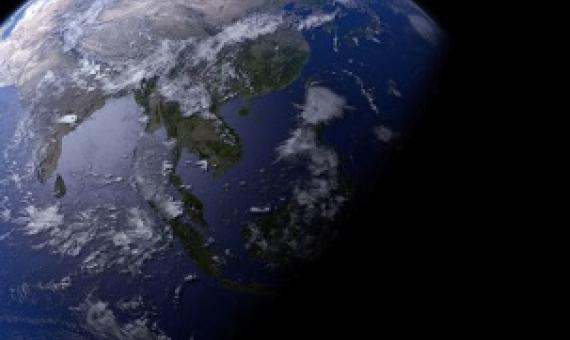


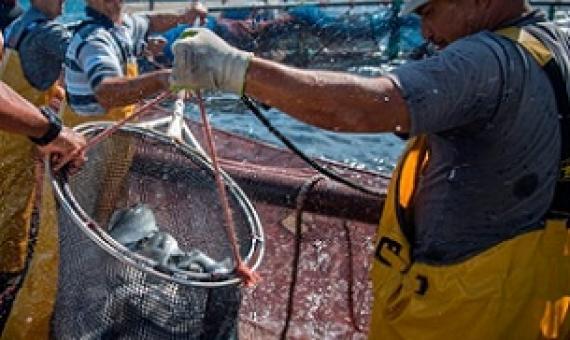
![The whooping crane is one of many bird species protected by the Migratory Bird Treaty Act, a law recently reinterpreted by the Trump administration to exclude “incidental” bird killing. [Credit: Ryan Hagerty | CC 0]](/sites/default/files/styles/news_teaser/public/Biden_BiodivCONS.jpg?itok=xeO1qh_F)

